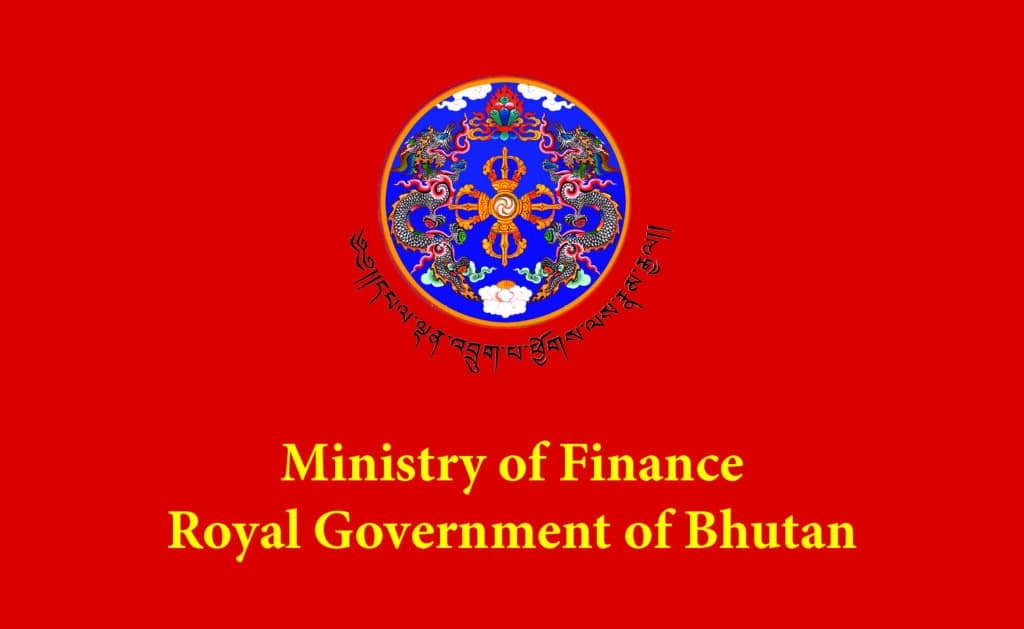It is said that in the United States, a country that boasts its beliefs in equality and liberty, a woman, in her lifetime, makes only about 78% of what a man makes. This figure, called the gender pay gap, is controversial because most people misunderstand what it actually means. Some critics believe it to be the mythical percentage a woman makes compared to a man, in the same job, with the same life experience (qualification, experience, trainings, etc.) Theirs is an example of strawmanning an argument, which is where a person distorts the meaning of the opponent’s argument, and argues against the distorted points. Instead, the gender pay gap is an average of what women in their lifetimes make compared to men. There is an important distinction because now, the figure includes the level of education everyone attends, their college degree major, what college they went to, what internships they participated in, how many years of experience they have on the job, and more. These factors are called pre-market conditions. If one removes these factors, the gender pay gap in the U.S. is only about 5-6% – this means that if you took a woman and a man who went to the same college, got the same degree, got the same grades, did the same internships, and had the same life experiences, the woman would still make 5-6% less than the man. But this article is not about blatant gender discrimination like that. Here, I want to focus on the pre-market conditions, because even though it may seem like those are all factors up to the choice of the individual, most of the time, they’re not. And when we consider these pre-market conditions, we can see where we are holding back women.
Now, truthfully, there aren’t studies done in Bhutan that tell us what the gender pay gap is. But there are other statistics available, especially those considered pre-market conditions that allow me to guess that, yes, a pay gap does exist. The statistics I used for this article come from the Little Data Book on Gender 2016, published by the World Bank. I will discuss a few pre-market factors, in no particular order of their impact:
- Primary and Secondary Education – In this figure, Bhutan performs very well compared to other lower middle-income countries and the rest of the world. Most of our children – boys and girls – join a primary school (89% of girls and 87% of boys in 2013). Of these, all our girls complete primary education (in fact, the figure here is higher than 100%, which means that of the girls who completed primary schooling in 2013, some were overage and some were underage), while only 96% of our boys do the same. There are a small number of girls who complete primary school and don’t go into secondary schooling (100% graduate primary schools, only 97% go into secondary schools). That problem is very small for boys (only about 1% at max). 75% of girls and 69% of boys who go into secondary school complete it. These figures show that the gender ratio in all levels of schooling is very close to each other.
- Tertiary Education – Here, WB’s data book did not offer any data, so, it was taken from the Annual Education Statistics of 2013. According to the AES, as it comes to undergraduate students, suddenly, men heavily outnumber women in every figure. There are more male than female undergraduates studying in Bhutan; more male than female Bhutanese undergraduates studying outside Bhutan; more male recipients of undergraduate scholarships than females (only 31% of scholarship students were girls); and more men than women privately fund their undergraduate programs (only 45% of privately funded students are girls). Here is where the gender disparity really worsens.
- Majors in College – A strong pre-market condition in the determination of how much a person makes is the major of choice for their college degree. This is important because in almost all economies in the world, people in STEM fields make more than those in others. In the U.S. for example, of the 10 most popular majors for men, 8 are STEM, while that number is 2 for women. In the case of Bhutan, majors that make more are related to engineering and construction. While figures about the most popular majors couldn’t be found, there is something similar: according to WB’s little data book, only 25% of all graduates with majors relating to engineering, construction, or manufacturing are females.
- Labor Force Participation Rate – This index measures the number of people, aged 15+, who are able and willing to participate in the labor force. In 2013, that figure was 67% for women; while for men it was 77%. When you consider only those between 15 and 24, the figure is higher for women (51%) compared to men (46%).
- Where the workers are – One of the biggest problems become clear when you look at where the workers in Bhutan are, and look at them by gender. Wage and salaried workers, which is the field that provides one of the most secure and best paying jobs in small economies like Bhutan, is heavily filled with men. Here only 14% of women are employed, compared to 41% of men. Self-employment, which generally means small businesses in the case of Bhutan, (often with just the proprietor as the workforce) employs 86% of women, and 59% of men. When you look at employment figures by sectors, you see another problem. 75% of women work in agriculture, as compared to 49% of men.. Industry and service sectors employ 51% of men and just 25% of women. These sectors pay more than agriculture. The employment ratio, which measures the actual number of employed people compared to the population, is 65% for women and 76% for men. This means that more women than men stay at home – no surprise there. But that same ratio for 15-24 year olds is higher for women than men (47% for women, compared 43% for men). This comes from the fact that in that age group, more men than women are in college. Of all part time and temporary job workers, 76% are women.
- Maternity leave – where Bhutan severely outperforms others is in the case of offering maternity support. An average of 56 days and 100% of wages are offered during paid the maternity leave period.
What is the point of all these figures?
It’s simple. These figures suggest that there are some societal beliefs that harm a girl’s pre-market conditions, and therefore, reduces the total income she will make in her lifetime. There has to be a reason that the ratio of female to male students suddenly become very skewered by the time college – a major factor in determining how high someone’s income is – comes around. There are also reasons why there are fewer women in engineering, industry, and construction. It could be associated with stereotypes about how field jobs like engineering and industry should be for men. It is also a depressing fact that most part time workers are women.
Unless we are able to remove or reduce these disparities, it would be almost impossible to actually achieve gender equality. The point of equality and feminism is not that women do the exact same things as men do, it is that we remove all arbitrary barriers like those stereotypes that guide girls into certain college majors, or certain jobs, or certain roles. When those stereotypes are removed, there wouldn’t be artificial barriers preventing true economic independence. If these measures sound ameliorative, it’s because they’ve been written that way. The actual process of removing barriers and creating an economically level playing field will take years.
As a side note to end this article, 25% of women in Bhutan aged 20-24 were first married by the age 18. Also, only 9% of our parliament is women, and only 10% of all ministerial positions (ministers, ambassadors, etc.) are held by women.
Fumbly Play













